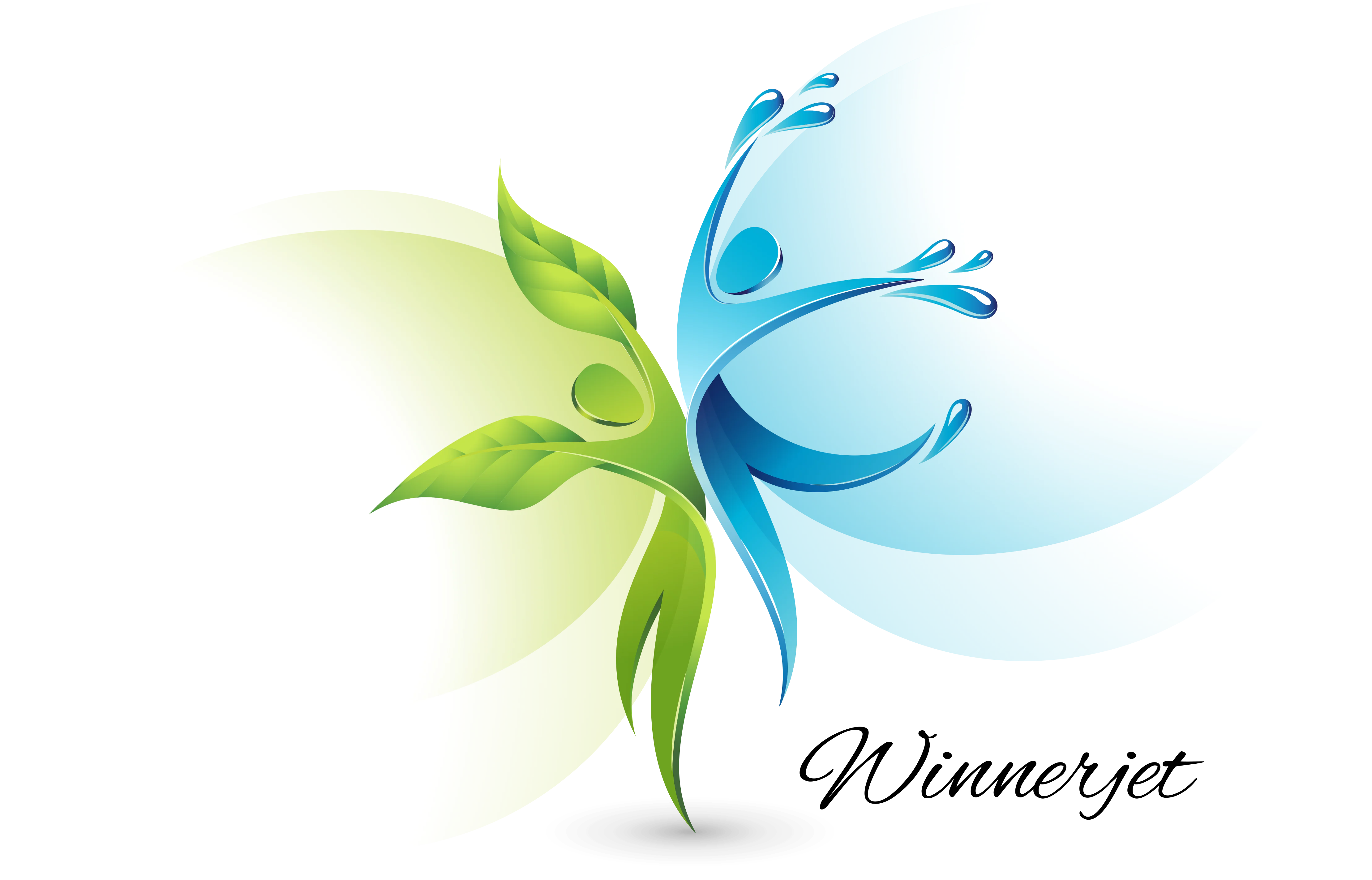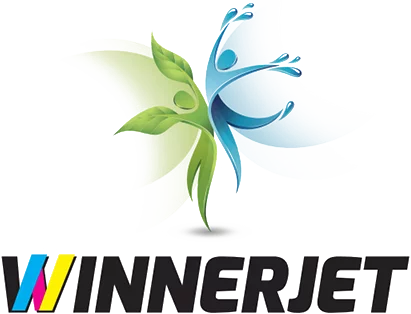Understanding the differences between DTF Ink and Pigment Ink is essential for businesses to make informed decisions and achieve optimum print quality. From a textile and photo printing perspective, both inks offer unique benefits for various applications.
What is DTF Ink?

DTF inks are specially formulated for DTF printing, a process that involves using a heat press to transfer the printed design from the DTF film to the substrate. These inks are known for their vibrant colors and excellent adhesion to various materials.
For more information about DTF ink, please read “What is DTF ink?“.
Benefits of DTF Ink
- Vibrant colors: DTF inks have a wide color gamut and print in vivid detail.
- Compatibility: It can print on various materials, including cotton, polyester, plastic packaging, metal boxes, and more.
- High color fastness: It adheres well to fabrics, plastics, and metals.
- High durability: DTF prints are scratch-resistant and durable, with over 60 washes without fading.
- Cost-effective: It is often more cost-effective than other printing methods, especially for volume printing.
What is Pigment Ink?

Pigment ink is made from fine pigment particles suspended in a liquid. It is favored for its color accuracy and longevity. It is usually used for printing on paper archives and photographs, where it has good water resistance and is not prone to fading. “Discover the properties of pigment ink.”
Benefits of Pigment Ink
- Accurate Colours: Provides vibrant and lifelike colors, ideal for fine images.
- Color Consistency: Prints are durable and maintain color stability over time.
- Water and UV Resistant: Highly resistant to environmental factors, ensuring durability.
- Durability: Waterproof and fade resistant, ideal for archival quality prints.
- Wide Applications: Ideal for printing on paper, canvas, etc.
Comparison of DTF Ink and Pigment Ink
| Aspect | DTF Ink | Pigment Ink |
| Print Quality | Offers vibrant colors, ideal for graphics | Sound color reproduction, but less vivid |
| Adhesion | Excellent adhesion on various substrates | Good adhesion, but may vary by surface |
| Durability | High scratch resistance and longevity | Durable but less scratch-resistant |
| Versatility | Works on fabrics, plastics, and metals | Compatible with various media, including paper and textiles |
| Application | Best for textile and promotional items | Ideal for fine art, photography, and paper |
| Cost | Generally more cost-effective | Higher cost, especially for archival quality |
| Order Size | Suitable for small to large orders | small order |
| Environmental Impact | Varies by formulation | Often eco-friendly, free from harmful chemicals |
Choosing the suitable ink

When choosing between DTF inks and pigment inks, consider the specific requirements of your corporate project:
- For textile printing: DTF inks are the best choice for their vibrant colors and strong adhesion to fabrics.
- For archival text printing: Pigment inks are preferred for their permanence and color accuracy for fine art and photo photography.
FAQS
Can DTF inks be used on paper?
DTF inks are mainly used for fabric printing but can also be used on particular paper types.
Are pigmented inks waterproof?
Yes, pigmented inks are known for their water resistance and long-lasting prints.
Which inks are more cost-effective?
DTF inks tend to be more cost-effective, especially when printing in bulk, whereas pigmented inks can have a higher upfront cost.
Can DTF inks be used for fine art printing?
While DTF inks can produce high-quality textile prints, they are not the best choice for fine art printing due to their limitations in application to media.
What are the best applications for pigment inks?
Pigment inks are suitable for photography, fine art printing, and any application that requires archival quality.
Conclusion
Both DTF inks and pigment inks have their unique benefits and applications.DTF inks enhance textile printing with vibrant colors and long-lasting patient prints. Pigment inks are ideal for photographic and archival printing due to their color accuracy and water and UV resistance. By understanding their differences, you can make the right decision for your printing needs and get the best results.


